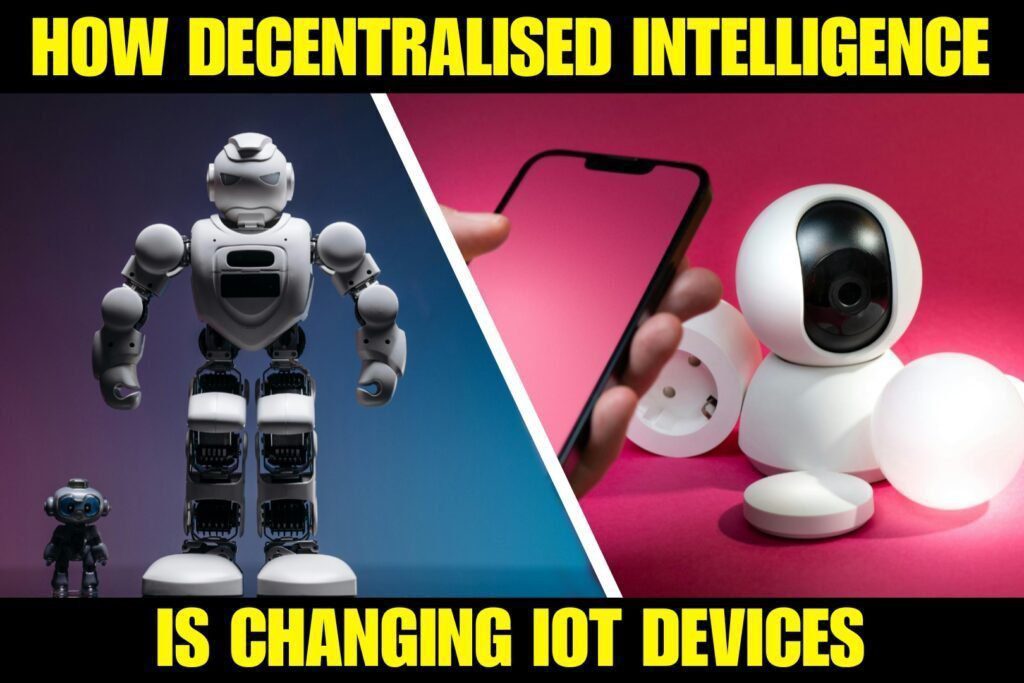Quantum computing is no longer a far-off dream. Companies like IBM, Google, and Microsoft have already built functional quantum processors capable of solving specific problems traditional computers can’t handle efficiently. As these machines become more powerful, they pose a direct threat to current encryption systems that safeguard our digital lives.
Post-quantum cryptography (PQC) is the urgent response to this threat. It’s the development of cryptographic algorithms that can withstand attacks from quantum computers—algorithms that are being standardized right now to secure everything from personal banking to national infrastructure.
Why Quantum Computers Break Current Encryption
Today’s internet is protected by cryptographic schemes like RSA, ECC, and Diffie-Hellman. These rely on the mathematical difficulty of problems like factoring large primes or computing discrete logarithms.
A powerful quantum computer running Shor’s algorithm could crack these in polynomial time, rendering the encryption protecting websites, messages, and cloud storage completely obsolete. Even symmetric-key algorithms like AES would require doubling their key lengths to stay secure.
“Quantum computing could render the internet’s foundational encryption useless in under a decade. We must act now.” — National Institute of Standards and Technology (NIST)
The NIST Post-Quantum Cryptography Project
To preempt this crisis, NIST initiated a global competition in 2016 to develop quantum-safe encryption standards. After six years of vetting candidates, NIST announced four algorithms as finalists in 2022:
- CRYSTALS-Kyber (key encapsulation)
- CRYSTALS-Dilithium (digital signatures)
- FALCON
- SPHINCS+
These algorithms are resistant to known quantum attacks and will serve as the basis for securing digital systems in the quantum era.
How Tech Giants Are Leading the Transition
Google has already experimented with hybrid quantum-safe TLS connections, combining traditional algorithms with Kyber in Chrome and Google servers. This allowed encrypted web sessions to remain secure even if a quantum computer was used later to intercept them.
In 2023, Google announced that it would start integrating Kyber into its internal systems and encouraged the developer community to begin testing post-quantum algorithms in their applications.
Microsoft
Microsoft is taking a layered approach through its Quantum Safe Program. It offers post-quantum integration in Azure through:
- PQCrypto VPN tunnels
- Hybrid TLS in Azure Front Door
- Post-quantum-ready key management APIs
Microsoft has also partnered with the NIST PQC project and is contributing research via its Microsoft Research division.
IBM
IBM’s focus is two-fold: developing quantum hardware and helping organizations prepare for the risks. Its Quantum Safe Roadmap offers tools for:
- Inventorying cryptographic assets
- Running impact assessments
- Migrating to NIST-selected PQC schemes
IBM’s Quantum Safe Explorer and Toolkit are now part of its enterprise offerings.
What Sectors Are Most at Risk?
Some of the most critical and vulnerable sectors include:
- Banking and Financial Services: Long-term encrypted records, interbank communication, and customer data could be compromised retroactively.
- Government and Military: State secrets, defense systems, and communication networks require robust, future-proof encryption.
- Healthcare: Electronic health records must remain confidential for decades, making them high-value targets for store-now-decrypt-later (SNDL) attacks.
- Cloud Infrastructure Providers: Providers like AWS, Google Cloud, and Microsoft Azure must ensure tenant data and APIs are quantum-safe.
Store-Now-Decrypt-Later (SNDL): The Silent Threat
One of the most concerning threats is that bad actors are already collecting encrypted data today, with the intention of decrypting it once quantum capabilities are sufficient. These SNDL attacks create a time bomb effect: sensitive data stolen now may be exposed in the future if it was encrypted using legacy methods.
This has sparked urgency for organizations to adopt hybrid cryptographic models, combining classical and quantum-safe schemes until full migration is complete.
Challenges in Adopting Post-Quantum Cryptography
Despite the urgency, several hurdles complicate PQC adoption:
- Performance Overhead: Many PQC algorithms have larger key sizes and longer processing times, which can impact system performance.
- Backward Compatibility: Older systems that are difficult to upgrade (e.g., embedded devices or IoT) may be stuck with vulnerable encryption.
- Tooling and Infrastructure: Developers and security engineers need new tools, libraries, and training to implement PQC correctly.
- Standardization Lag: Until standards are finalized and widely supported, early adopters may face fragmented compatibility.
Global Government Response
Several governments have begun pushing for PQC readiness:
- U.S. Executive Order 14028 mandates federal agencies to inventory and migrate cryptographic systems by 2035.
- European Union has initiated the Quantum Flagship Program, funding research in post-quantum readiness.
- China is developing both quantum computing hardware and PQC algorithms, making the transition a geopolitical priority as well.
Tools and Libraries Developers Can Use
Several open-source and enterprise-grade tools are already available for developers:
- Open Quantum Safe (OQS): A C library for integrating post-quantum algorithms into OpenSSL and other TLS systems.
- liboqs: Offers support for Kyber, Dilithium, and more.
- Google BoringSSL + Kyber: Experimental builds available.
- Microsoft PQCrypto VPN Toolkit: Previews available in Azure test environments.
The Road Ahead
The shift to post-quantum cryptography is not optional—it’s inevitable. Tech giants, governments, and standards bodies are moving quickly, but the transition requires proactive effort from every organization that handles data worth protecting.
By beginning the shift now—through hybrid encryption, cryptographic audits, and implementation of PQC libraries—organizations can ensure they’re not left scrambling when quantum computing becomes mainstream.
Quantum computers are coming. Whether they arrive in 5 years or 15, the internet must be ready before they do.


